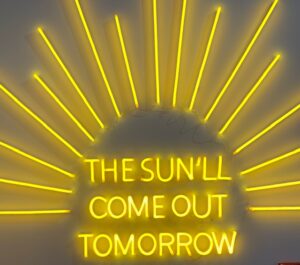
BY JUSTIN PATTON
High-trust organizations refuse to leave people second-guessing.
Most executive teams engage in annual strategic planning sessions focused on improving their business the following year, but trust is rarely on the agenda. It’s a shame, because in many cases, the key to success lies not in creating an entirely new strategy, but in dismantling barriers to trust within a given organization.
As an executive leadership coach, I’ve spent over a decade coaching leaders on how to build trust in themselves, with others, and throughout their organization.
So what are the barriers to trust, and how can we dismantle them? Here are five of the most common trust issues I see in companies and what high-trust organizations do differently.
BARRIER #1: THE EXECUTIVE TEAM LACKS TRANSPARENCY
When leaders don’t explain the decisions they make, they leave room for employees to fill in the gaps themselves. Unfortunately, it is human nature to fill those gaps with fear. This can lead to a lack of trust.
A lack of transparency recently cost a client of mine some of its top talent. The executive team announced changes to the bonus structure for their general managers without explaining the reason and timeline. Managers left the call wondering what drove the decision, whether it was permanent, and how it would affect their overall pay. A week later, I was speaking to one of their biggest competitors when an executive told me three of that organization’s top restaurant managers applied with them just that week.
High-trust organizations understand that trust is valuable and are therefore restlessly committed to communicating the “why” behind decisions. High-trust organizations know that’s how they create clarity and gain buy-in. High-trust organizations refuse to leave people second-guessing.






